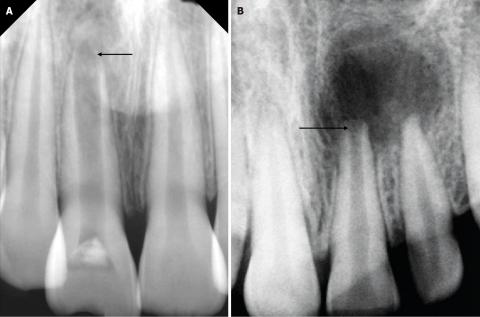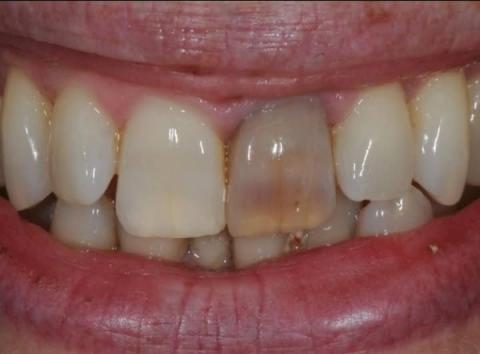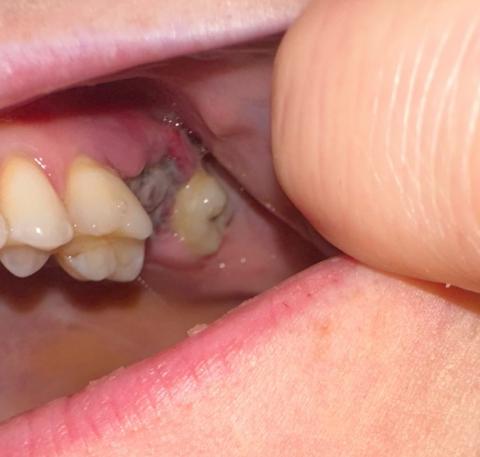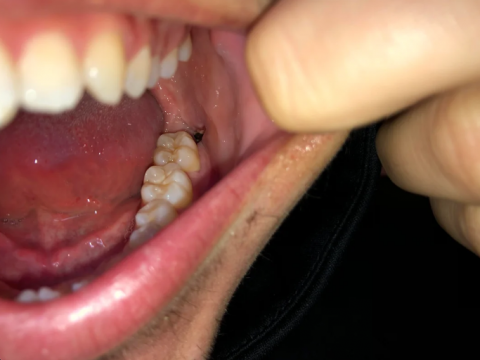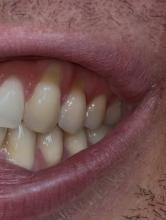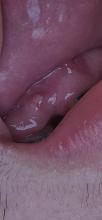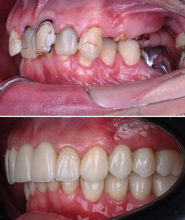Periapical Radiolucency Explained: Causes, Diagnosis, and Fastest Treatment for Apical Infection
Periapical Radiolucency Case: Apical Infection, Bone Loss, and 14-Day Healing Guide
FULL ANALYSIS (X-RAY INTERPRETATION)
1. Radiolucent Lesion at the Apex
Both Image A and Image B show a dark, well-defined radiolucent area surrounding the root apex of one of the anterior teeth. This appearance is consistent with:
-
Periapical abscess
-
Periapical cyst
-
Chronic apical granuloma
-
Chronic apical periodontitis

